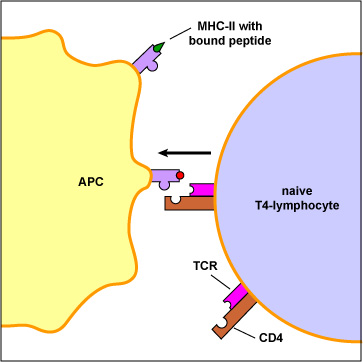Fig. 6: An Antigen-Presenting Dendritic Cell Presenting MHC-II with Bound Peptide to a Naive T4-Lymphocyte having a Complimentary T-cell Receptor


Antigen-presenting dendritic cells produce both MHC-I and MHC-II molecules. These APCs can phagocytose exogenous antigens (those found outside the cell), place them in phagosomes, and degrade them with lysosomes. Here they can be degraded into peptides by lysosomal enzymes, bound to MHC-II molecules, and placed on the surface of the dendritic cell. Now the peptide/MHC-II complexes can be recognized by a naive T4-lymphocyte having a complementary shaped T-cell receptor (TCR) and CD4 molecule. This activates the naive T4-lymphocyte enabling it to eventually proliferate and differentiate various T4-helper cells.
Last updated: Feb., 2021
Please send comments and inquiries to Dr.
Gary Kaiser